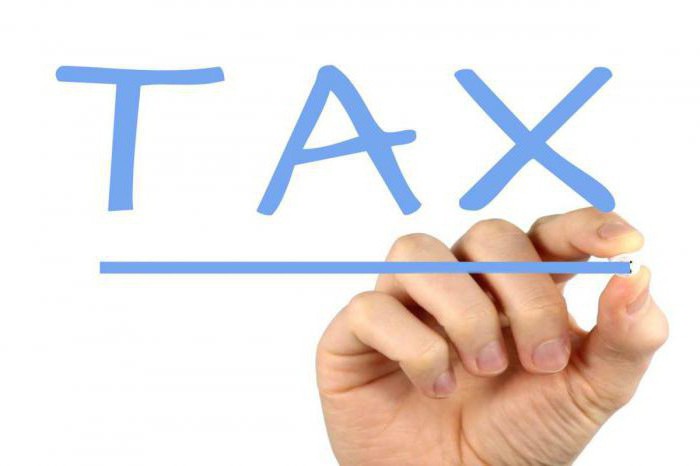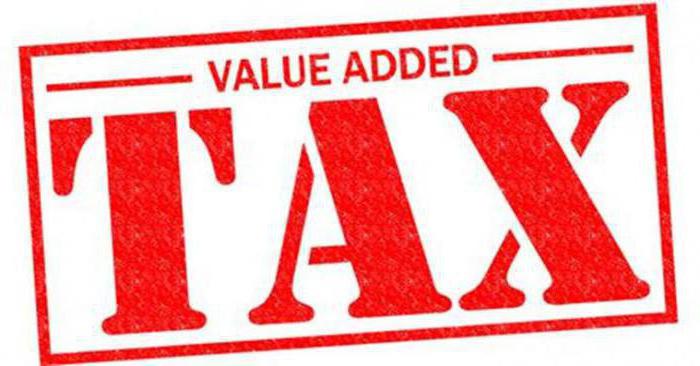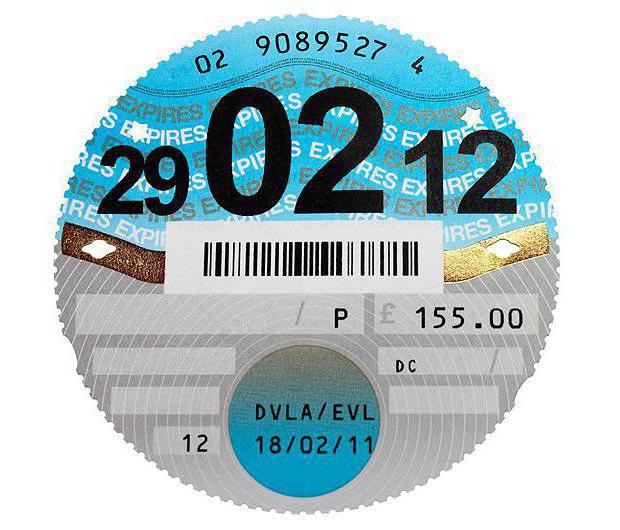Excise duty is a tax established by the state on the consumption of excisable goods. This type of tax is included in the price of products.
Types of taxes
A tax is an established obligatory payment that must be paid to the budget by individuals and legal entities in the amounts established at the legislative level and at specified times.

Taxes are divided into indirect and direct. Taxes on profits, on interest, dividends, on land, on real estate and on income taxes are direct taxes. Excise duty, duties, value added tax are examples of indirect income.
Indirect taxes. Duty and value added tax
Duty is the tax that must be paid when transporting goods across the national border. The list of products subject to taxation is provided by the customs tariff.
The duty can be divided into three types: import (import), export (export) and transit. According to the calculation method, the duty is also divided into three types. Firstly, ad valorem duty, which is calculated as a percentage of the customs value of products. Secondly, a specific fee is a fixed amount of money. Also, the fee may be combined. For example, 10% of the customs value, but not less than $ 100. In this case, if 10% of the customs value is $ 90, then the amount of the duty will be $ 100.

Value added tax is an indirect tax that is included in the price of goods. It is paid by the buyer of the products, however, the seller is responsible for its accounting and budgeting. When goods are imported into the customs territory of the country, the duty, excise tax and VAT are calculated based on customs value.
Excise duty
Excise duty - a type of tax that is paid by a taxpayer to local and state budgets. Excise taxes are established as a premium to the price. There are two classifications of excise taxes. According to one classification, excise taxes are divided into specific and universal. On the other - on fixed and proportional.

A fixed excise tax, like a duty, is calculated as a certain amount of money, which is set for one unit of goods. Proportional excise taxes are calculated as a percentage of the total sales of goods.
Specific excise taxes
This type of excise duty is taxes that are levied on only certain types of products. In addition to a limited list of goods subject to taxation, a distinctive feature of specific excise taxes is the presence of differentiated rates for certain groups of goods.

The list of goods for which the excise duty is established, as well as the size of rates are established at the legislative level. They are uniform throughout the state and apply both to imported goods and to products manufactured by domestic economic entities.
Universal excise taxes
As the name implies, this type of excise duty is a type of tax that involves the application of the same rates for all types and groups of goods. This type is more common. This is due to many factors. A wide tax base makes it possible to ensure regular revenues to state and local budgets.
The universalism of the applied interest rates makes it possible to significantly simplify the control by the tax authorities over the process of paying this type of tax. Universal Excise Duty is a type of tax that reflects the weaknesses of all indirect taxes.Disadvantages such as the effect on inflation and social regressiveness are especially clearly shown.
Forms of universal excise taxes
It is customary to distinguish three types of universal excise taxes. The first of these is the tax on purchases / sales in the field of wholesale and retail. The second type is value added tax. The third type of universal excise tax is called value added tax.

The object of taxation in the first two cases is gross income. But if in the case of a purchase / sale tax, the final gross revenue at the stage of production or sale is subject to taxation, then the sales tax is levied at each stage of the movement of goods. This is one of the main disadvantages of this group of taxes. Sales tax has been used in the USSR for more than 50 years. Nowadays, many countries still continue to use it.
Value added tax is also paid at all stages of the movement of goods, however, unlike the first two types of taxes in VAT, the object of taxation is value added itself, and not gross income. This makes it possible to preserve all the advantages that the value added tax has, but at the same time it eliminates the main drawback of this type of excise tax - the cumulative method.
Despite this, the value added tax also has a drawback - the complexity and abuse of administration. Calculation and collection of tax require the determination of the object of taxation, which in this case is the added value. There are two ways to charge it. Firstly, it is the sum of wages and profits. Secondly, income from sales minus material costs.

This tax is very popular in many developed European countries. But due to abuse of administration, the value-added tax did not bring any profit to the budget, since all revenues were leveled by refunds.
Examples of excise taxes in Russia
In the Russian Federation, the list of excisable goods consists of eleven items. Deficit goods, products with a high level of profitability, are considered excisable. Also excise taxes are imposed on goods that can harm the environment (gasoline), health (alcoholic drinks, alcohol-containing drinks), and public order.
In Russia, excise taxes have been introduced on tobacco products, vehicles, fuels and lubricants, and on products that contain alcohol. Medicinal products, cosmetic products, as well as waste generated during the production of alcohol and subject to further processing are not considered excisable goods. The objects of taxation are determined by Article 182 of the Tax Code of the Russian Federation.

The tax base is the amount of excisable goods sold in physical terms, as well as their value. The cost of sales is calculated based on prices excluding VAT and excise taxes.
The seller must pay the excise tax no later than the 25th day of the month following the end of the tax period. The tax is paid at the place of production of excisable goods.
Excise stamps
Excise duty stamps are used to pay excise duty. They enable the state to identify excisable goods for which tax has not been paid. Stamps in Russia were introduced in the spring of 1994 by the state government. According to the decree, food alcohol, vodka, tobacco products and tobacco itself must be labeled. Since 1995, it was forbidden to sell these goods without excise stamps.

Stamps are collectibles. Many collections over time become very popular. American Robert Canliff has been collecting excise stamps throughout his life. He died when he was 83 years old, and a few months after his death, his stamp collection was sold for almost $ 2 million.